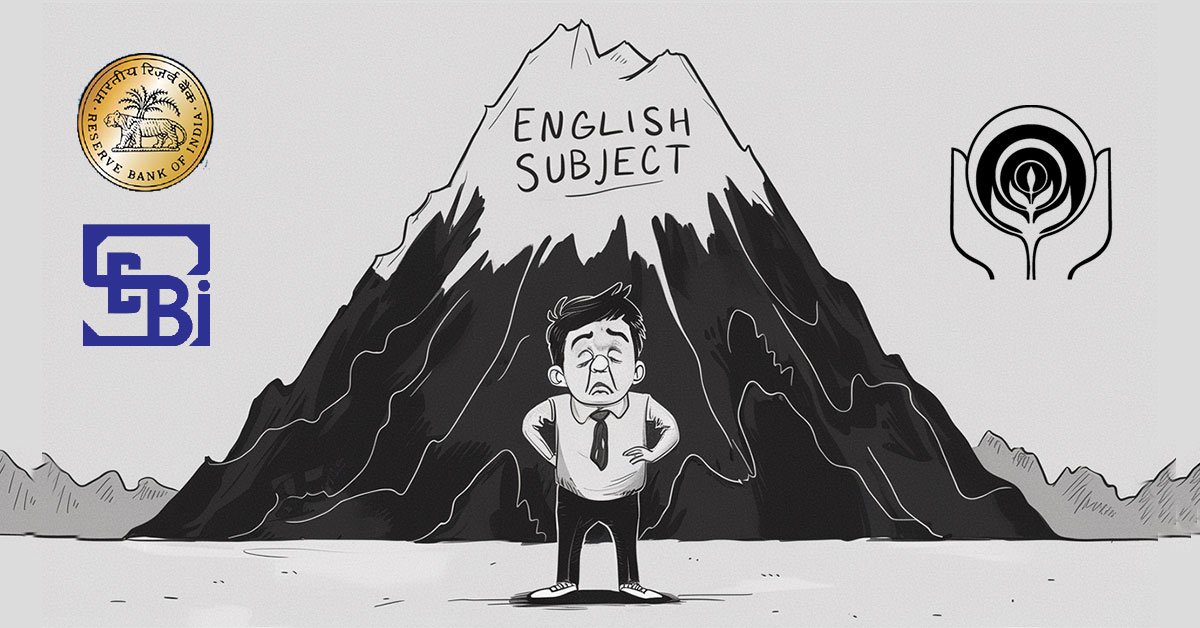What It Is?
Shifting cultivation is a traditional subsistence farming method where small patches of forest (called swiddens) are cleared—usually through slashing and burning—and cultivated for a few years. Once soil fertility declines, the farmer abandons the land, allowing it to regenerate naturally during a fallow period before returning after a decade or more
How It Works: Key Features
- Slash-and-Burn Clearing: Vegetation is cut, dried, and burned. The resulting ash boosts soil nutrients.
- Short Cultivation Cycle: Food crops like rice, maize, roots, and tubers are grown until yield declines.
- Extended Fallow Period: Land is left unused for natural regeneration, often longer than the cultivation period.
- Manual Labor: Basic tools like hoes and digging sticks are used; no machinery is involved .
- Subsistence Focus: Primarily serves the farmer’s family and local community.
Where It’s Practiced
- Tropical forests globally: Central & South America, Sub-Saharan Africa, Southeast Asia, parts of India.
- India: Prevalent in hilly tribal areas—Northeast, Odisha, Chhattisgarh, Andhra Pradesh—where it’s known locally as jhum, podu, or chena.
Advantages
- Low-input and cost-effective: Relies on basic labor and natural soil fertilization.
- Ecosystem-sensitive: Long fallows allow forests to regenerate; secondary vegetation helps prevent erosion and supports biodiversity.
- Cultural significance: Deeply embedded in indigenous traditions and lifestyles.
Challenges & Issues
- Deforestation and Habitat Loss: Frequent clearing reduces forest coverage and disrupts ecosystems.
- Soil Degradation: Shortened fallow cycles lead to nutrient depletion, increased erosion, and lowered agricultural productivity .
- Land Pressure: Population increase and reduced fallow periods intensify ecological stress.
- Unsustainability: Overuse turns shifting cultivation into destructive slash-and-burn farming, especially when regeneration does not occur.



















